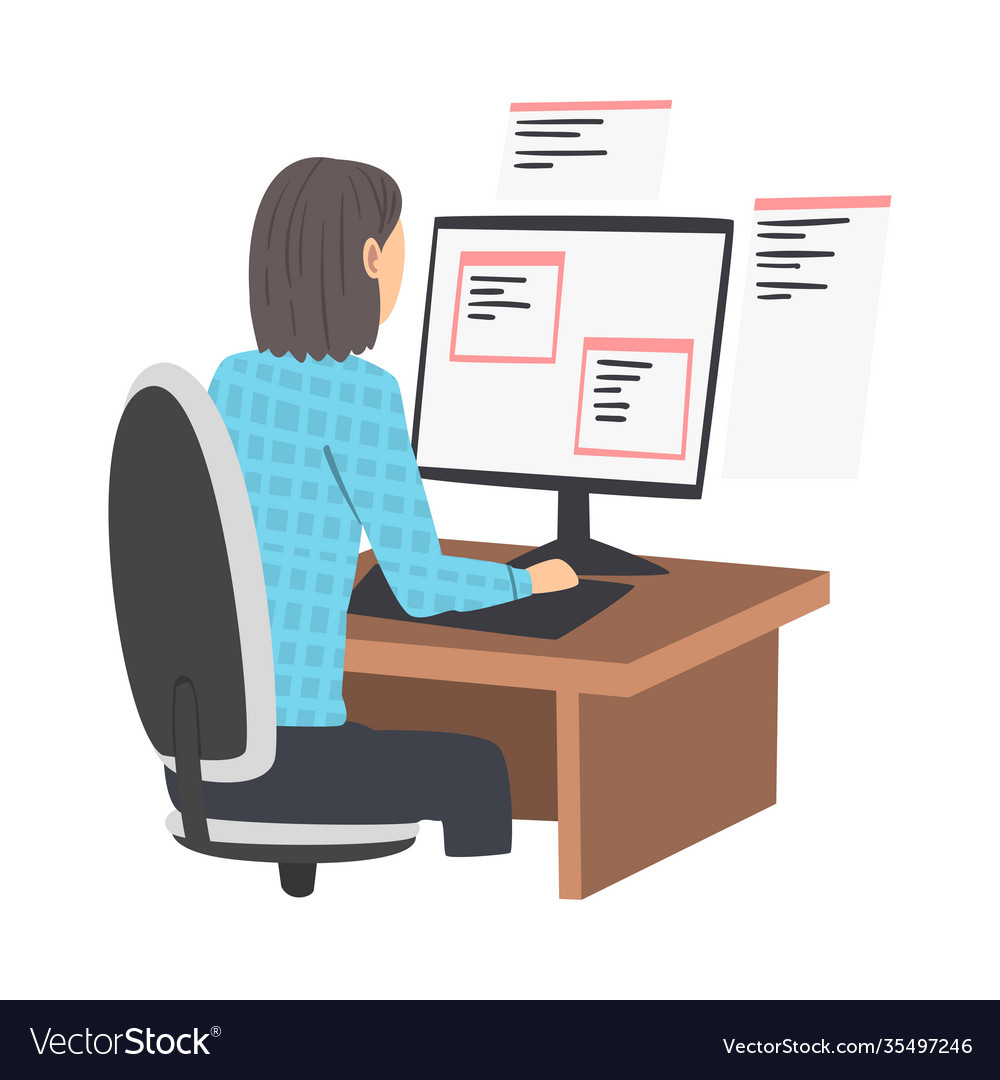Hire Dedicated Developers to Increase Your Software Development Timeline
Hire Dedicated Developers to Increase Your Software Development Timeline
Blog Article
Devoted Developers vs. In-House Teams: Which Is Right for You?
The decision in between using dedicated designers and keeping an internal team is a substantial one that can affect the trajectory of your tasks and general organization strategy. Dedicated designers offer a degree of versatility and specialized competence that can be useful for specific, short-term campaigns. On the other hand, in-house groups add to a cohesive business culture and a nuanced understanding of lasting goals. By taking a look at essential variables such as budget, task extent, and desired control, you can better figure out which strategy lines up with your organizational requirements. The effects of this selection extend beyond prompt results-- think about the wider impact on your company landscape.
Understanding Committed Developers
The growing need for specialized skills in the technology sector has brought about the introduction of specialized designers as a viable remedy for lots of organizations. These specialists are normally acquired on a project basis, allowing companies to leverage certain experience without the long-term commitment connected with permanent hires. Dedicated programmers are usually embedded within a client's group, supplying adaptability and scalability to fulfill project requirements.
This version enables companies to access a global talent swimming pool, which is specifically beneficial in a quickly developing technical landscape. Committed developers can be sourced from numerous geographical areas, ensuring that companies can find the right ability at competitive rates. They often bring a wealth of experience and understanding, having actually worked on varied projects throughout various industries.
Moreover, devoted programmers can focus solely on the jobs handy, enhancing performance and efficiency. They are furnished to incorporate seamlessly into existing process, collaborating closely with in-house groups to accomplish task purposes. This method not just lowers the problem of employment and training yet additionally allows companies to continue to be active, adjusting swiftly to transforming market needs and technological developments.
Benefits of In-House Teams

In addition, internal groups have a tendency to have a deeper understanding of the business's goal, worths, and objectives. This placement can boost staff member involvement and inspiration, as employee really feel more attached to their work and the organization's success. Additionally, having a dedicated in-house group permits much better alignment of purposes and approaches, as these participants are regularly focused on the firm's priorities.
In-house groups additionally facilitate quicker decision-making processes, as they can respond more rapidly to modifications and challenges. The well established connections and experience with company procedures enable for streamlined process and decreased miscommunication. Inevitably, the combination of a natural culture, positioning with organizational objectives, and efficient interaction makes in-house teams a valuable property for several companies, especially those aiming to grow long-lasting development and advancement.
Cost Considerations
When assessing cost considerations, both committed programmers and in-house groups present distinctive financial ramifications for organizations. Involving committed programmers usually involves a pay-per-project or per hour price design, which can be cost-effective for organizations with changing project demands. This approach permits adaptability in scaling resources up or down, making certain that business only spend for the services they require.
In contrast, in-house groups require dealt with expenses, including wages, benefits, and overhead expenses such as office and equipment. While this version offers greater control and prompt schedule of resources, it might cause greater long-term expenditures, particularly if the workload does not validate a full-time staff.
In addition, firms should take into consideration the hidden costs connected with employment and training of internal employees, which can even more strain budgets. In many cases, the moment and sources invested in taking care of an internal group can interfere with the company's core organization objectives.

Project Monitoring and Versatility
Job management and versatility are crucial factors that affect the selection in between specialized programmers and in-house groups. Committed programmers commonly provide a high level of flexibility, permitting organizations to scale sources up or down based upon job needs. This dexterity can be especially useful for businesses experiencing fluctuating work or those seeking to innovate swiftly. Dedicated teams frequently have actually established procedures for taking care of projects effectively, leveraging details methodologies like Agile or Scrum, which help with repetitive progression and flexibility.

Ultimately, the option in between internal groups and committed designers rests on the desired degree of adaptability and the details job administration demands. Companies need to review their have a peek at this site operational characteristics, project complexity, and resource accessibility to figure out which option aligns best with their tactical objectives.
Making the Right Option
Choosing the appropriate growth approach-- internal groups or committed developers-- requires a mindful analysis of numerous factors that straighten with a business's calculated objectives. Conversely, in-house teams can give far better continuity and assimilation with existing workers.
Next, evaluate your spending plan. Dedicated programmers typically provide a cost-efficient option ecommerce web developer for temporary tasks, while internal groups may incur higher long-term costs as a result of wages, benefits, and expenses expenses. Examine the degree of control and partnership desired; in-house groups generally promote more powerful communication and placement with business culture.
Furthermore, consider the time framework. If immediate outcomes are necessary, dedicated programmers can be onboarded swiftly, whereas developing an internal group takes some time for recruitment and training. Ultimately, consider the long-lasting vision of your company. If constant growth is crucial, purchasing an internal team might generate much better returns in time. Ultimately, the choice my sources rests on a comprehensive evaluation of these aspects, ensuring positioning with your business's functional demands and general objectives.
Verdict
Finally, the decision between in-house teams and committed designers pivots on task needs and organizational objectives. Committed programmers offer versatility and specialized proficiency, making them appropriate for temporary initiatives. Alternatively, in-house groups cultivate a natural culture and much deeper placement with long-term goals. Cautious evaluation of budget restrictions, job timelines, and preferred control levels is crucial for figuring out the most ideal approach, guaranteeing placement with calculated top priorities and functional performance.
The choice in between using specialized designers and maintaining an in-house team is a considerable one that can influence the trajectory of your jobs and general organization technique.Job administration and adaptability are vital aspects that influence the choice in between committed developers and internal groups. software development staff augmentation.In contrast, internal groups might succeed in preserving a constant task management structure due to their experience with the organization's culture and lasting goals. Committed programmers commonly provide an economical solution for short-term projects, while internal groups may incur greater long-lasting costs due to salaries, benefits, and overhead prices.In verdict, the decision between committed designers and in-house groups pivots on job demands and organizational objectives
Report this page